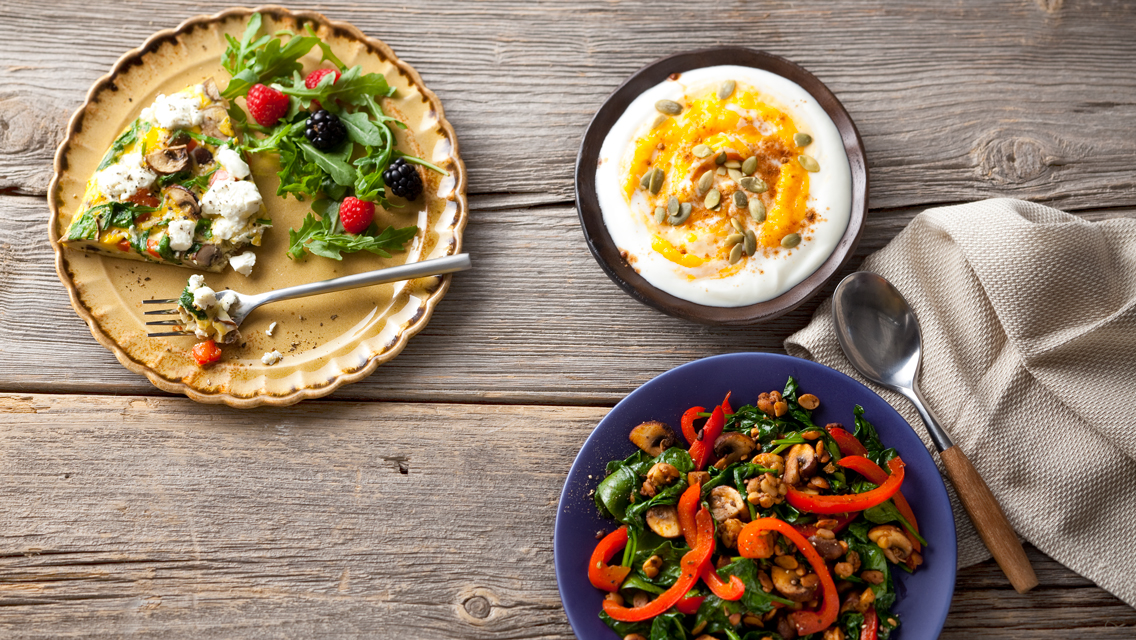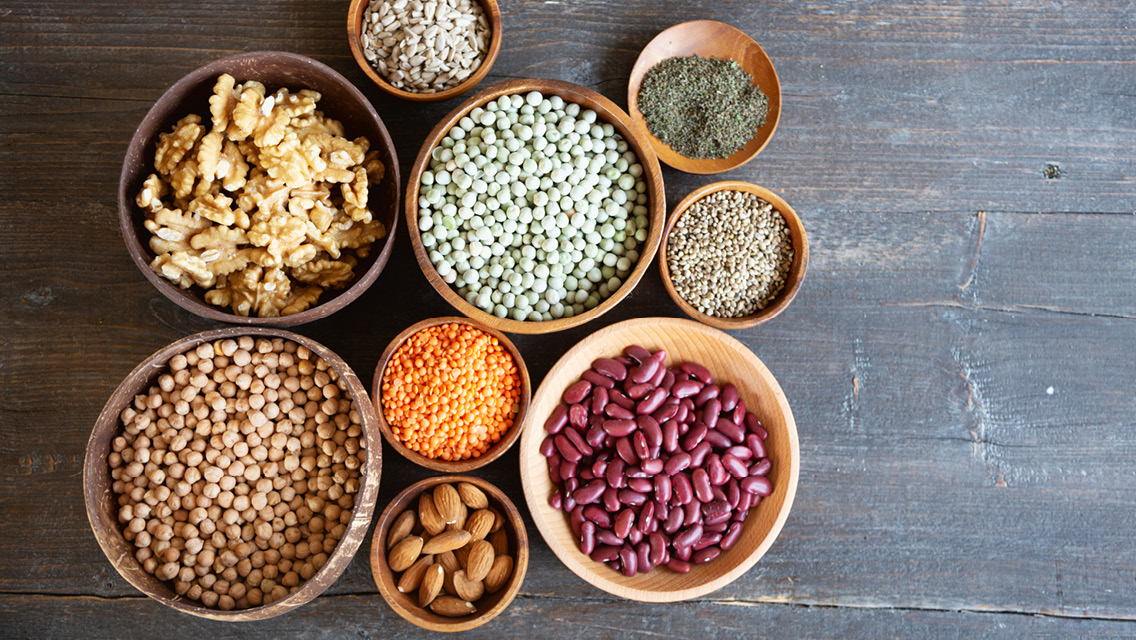Most garden adventures don’t begin with a peaceful, meditative moment looking out over rich soil and raised beds. Instead, they often start with a scattered scramble through various garden blogs and seed catalogs. This approach has its benefits but ultimately lacks coherence, sometimes leaving the would-be gardener with more questions than seed packets.
Another route — and one that helps develop some of gardening’s requisite patience — is to sit down with some books. Here are five excellent volumes on gardening (and its related treasures) that will set you on your path. With resources like these, you might even get that meditative moment after all.
Sow the Seeds
For a motivating starting point, check out Emily Tepe’s The Edible Landscape: Creating a Beautiful and Bountiful Garden with Vegetables, Fruits and Flowers (Voyageur Press, 2013). Lush with photographs of expertly landscaped small cottage and kitchen gardens, her book is inspiring as well as useful. Just because you’re going to eat that lettuce, basil, and eggplant doesn’t mean you can’t enjoy the pretty juxtaposition they offer in a landscaping bed.
The straightforward tips educate without overwhelming. Tepe explains how to choose plants based on the amount of light in a garden area, and how to pick edibles that grow well in containers. (Spoiler: You can grow blueberries in a pot!) Novice gardeners will thrive under her tutelage, since simple tactics like thinning out new carrots and pinching back flowers on basil will help any plot. She includes a chapter on her favorite plants for edible landscaping, creating a handy cheat sheet for new and experienced gardeners alike.
Once you have the basics in place, it’s time for a stunningly practical reference like The New Vegetable Growers Handbook: A Users Manual for the Organic Vegetable Garden (Green Man, 2013), by Frank Tozer. This no-frills, photo-free handbook is deceptively plain. Tozer eschews pretty illustration in favor of well-structured information, and his book covers how to grow just about everything from amaranth to watermelon.
Each plant has its own section, containing a full nutritional profile, growing instructions, and Tozer’s hard-earned gardening advice. When describing kale, for example, he outlines the plant’s nutritional content, soil needs, and varieties; notes that he favors the taste of Siberian kale over Scotch; then offers a recipe for colcannon, a kale-friendly Irish dish. Other plants have more extensive sections that cover spacing, transplanting, mulching, fertilization, and other garden techniques. Presentation is simple, so you get the basics without feeling like you’re studying for an agriculture midterm.
Return to the Land
Is it really worth the effort? This is a question every gardener encounters at some point, whether it’s after weeks of plant-drowning rain or at the sight of yet another form of bacteria killing the tomatoes. That’s why plenty of people will insist that the reasons for growing your own food go beyond what it means for your plate. Their stories will give you reason to go on — and maybe even up the ante.
In Made from Scratch: Discovering the Pleasures of a Handmade Life (Storey, 2008), Jenna Woginrich advocates homegrown vegetables, among other things, as a fine way to combat the alienation of store-bought everything. By planting your own potatoes instead of buying premade hash browns, for example, “your life regains some of the authenticity we’ve all forgotten about.” Although Woginrich describes some missteps in her journey toward that authentic life, she mainly cheers for those who are considering homestead-type activities like beekeeping, vegetable-growing, even chicken-raising. “Point is,” she notes, “it feels good to get dirty, work hard, and slow down.”
This attitude prevails in an excellent guidebook to crafting a more sustainable life: Carleen Madigan’s The Backyard Homestead: Produce All the Food You Need On Just a Quarter Acre (Storey, 2009). Growing up in Idaho and watching her parents create a lush vegetable landscape in only a half-acre backyard, Madigan was inspired to follow their lead. She describes processes like canning tomatoes and making cheese with such an accessible, straightforward style that anyone might consider stepping up her game a bit. Sure, you grow tomatoes now, but how about sun-drying them yourself? Or designating part of your basement as a root cellar for your own canned salsas and pasta sauce? She even discusses “food from the wild” that can be safely collected and added to meals.
Smell the Roses
Once you’ve dug into the dirt and buoyed your spirits during the inevitable challenges of starting a garden, it’s time to seek out those peaceful moments. To slow down and appreciate gardening’s more poetic aspects — the feel of soft earth, the potential of seeds, the thrill of watching your efforts bloom and grow — peruse The Backyard Parables: Lessons on Gardening, and Life (Grand Central, 2013), by Margaret Roach. The first garden editor for Martha Stewart Living, Roach shares growing tips through her website, AWaytoGarden.com; in this meditative memoir she draws on her years in the dirt to present a dreamy, inspiring volume of personal reflections.
She muses on the moments when you’re examining leaves for insect eggs or pulling vegetable-choking weeds, and you sit back on your heels and truly see your garden. You fill with a sense of wonder about this mini-landscape that you’ve created, and feel the fullness of that calm. Roach balances straightforward gardening advice — when to water, what kind of mulch to use, how to ripen tomatoes — with ruminations on how tending plants can shape us. Just as flowers spread to fill the empty stretches in our backyards, beauty can expand into our own spaces, replacing loss with new growth. By gardening with mindfulness, Roach suggests, we can cultivate far more than vegetables.
Taken together, the five books noted here show that gardening and a sustainable life aren’t just about finding some soil and plunking down seeds. Like vegetables themselves, the roots of gardening can go deep. It will change your perspective as well as your plate.
Page Turners

“A slice of cheese is never just a thing to eat, it is also a slice of history.” With these wise words from a cheese expert in mind, Wisconsin native Kathe Lison sets off on a gourmand journey across France. She samples sublimely buttery époisses best eaten with a spoon, tender springtime chèvres — and others sporting scary verdant molds or that boldly “smell like armpits.” From the Pyrenees to Normandy, Lison visits a centuries-old cheese-making alpine monastery and affineur — cheese-aging — caves, helps shepherds milk their sheep, and talks with cheese makers determined to keep ancient arts alive in the age of processed food. Ripe with humor, passion, and fine storytelling, this is at once a culinary adventure for cheese fanatics, francophiles, and real-food lovers. — Michael Dregni

Your feet strike the ground 1,000 times a mile as you run, each foot hitting with an impact of two to three times your weight. It’s little wonder that every runner will one day suffer an injury. This book offers a remedy. Created for novice yogis, it’s designed to aid you in springing back from injury. Included are more than 80 yoga poses and 10 sequences to build flexibility, agility, and strength; they also help lengthen hamstrings, increase mobility, and ease chronic aches and pains. Each pose is explained in detailed text and photos; anatomical drawings assist comprehension. While this book will help you overcome injuries, in the long run, yoga will also improve your running to maximize your performance. — MD




This Post Has 0 Comments